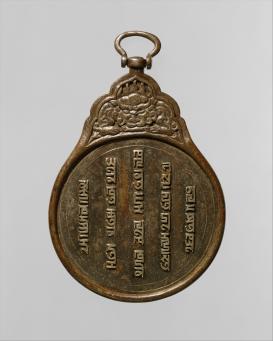China is famous for not having a ministry of foreign affairs until the 1900s and yet diplomatic envoys were part and parcel of Chinese foreign policy throughout the years, and certainly during the tenth–twelfth centuries when China was divided into several polities (Liao, Jin Xia, and Song dynasties) who exchanged routine embassies. With the rise of the Mongol Empire (1206–1368), the Chinggisids created their own diplomatic corpus and conventions, based on Inner Asian political culture, that were later, after the Empire’s dissolution in 1260, influenced by the various local traditions in China and the Muslim world. This project reconstructs the profile of Mongol and Yuan emissaries to other polities, notably the various Mongol Khanates but also other polities (in the Indian subcontinent, Maritime Asia, and Europe). Who were Yuan emissaries? How were they recruited? What skills led the Yuan authorities to appoint them to diplomatic missions? Did they receive specific training or acquire one through experience? What did diplomatic careers look like in thirteenth– and fourteenth–century China and how different were they from former diplomatic careers? How often did a diplomatic mission lead to permanent migration, either voluntary or compelled? Based on a variety of sources mainly in Chinese, Persian, and Arabic, the project also compares the Yuan situation to that of the other Mongol states, aiming to reconstruct the Chinggisid diplomatic norms and personnel, on the one hand, and to compare them to former and later Chinese embassies on the other.

Safe conduct pass (Paiza) with Phags-Pa script, late 13th century, China.
[The inscription reads: By the strength of Eternal Heaven, an edict of the Emperor [Khan]. He who has not respect shall be guilty.”]
https://images.metmuseum.org/CRDImages/as/original/DT7052.jpg
Project
(2021)
